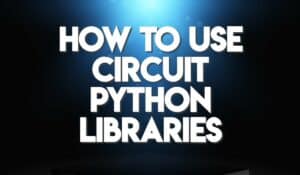When starting your journey in electronics, one of the first components you’re likely to come across is the diode. Among the different types of diodes available, the most common is the Standard or P-N Junction Diode. This post aims to demystify this important electronic component, explaining what it is, how it works, and where it’s used.
What is a Standard (P-N Junction) Diode?
A Standard Diode, also known as a P-N Junction Diode, is a two-terminal semiconductor device. It has a P-type (Positive) semiconductor fused to an N-type (Negative) semiconductor, thus forming a P-N Junction.
How does a P-N Junction Diode work?
The P-N Junction Diode operates based on a simple principle – it allows current to flow in one direction but not in the other. This property is known as rectification. When a positive voltage (also known as forward bias) is applied to the P-type material and a negative voltage to the N-type material, the diode conducts and allows current to flow. Conversely, if the polarities are reversed (a condition known as reverse bias), the diode blocks current flow.
Symbol and Construction
The symbol for a diode is a triangle pointing towards a line. The triangle represents the direction in which current can flow, and the line represents the barrier that blocks current in the opposite direction.
Construction
The construction of a P-N Junction Diode involves doping, a process where impurities are added to the semiconductor material to change its properties. The P-type material is created by adding impurities that create ‘holes’ or positive charge carriers. The N-type material is doped with impurities that produce extra electrons, or negative charge carriers. Where these two types meet, a P-N Junction is formed.
Applications of P-N Junction Diodes
Thanks to their unique properties, P-N Junction Diodes have a wide range of applications in electronics:
- Rectification: The most common use for diodes is to convert alternating current (AC) to direct current (DC). This process is known as rectification.
- Voltage Clamping: Diodes are also used in circuits to prevent voltages from going above a certain level.
- Signal Modulation/Demodulation: Diodes are used in radio and telecommunications for signal modulation and demodulation.
- Protection Circuits: Diodes are often used in circuits to protect sensitive components from reverse polarity damage.
Conclusion
In conclusion, the P-N Junction Diode is a crucial component in the world of electronics. It’s an excellent place to start if you’re new to this field. Once you understand how it works and where to use it, you’ll be well on your way to mastering more complex components and circuits.




